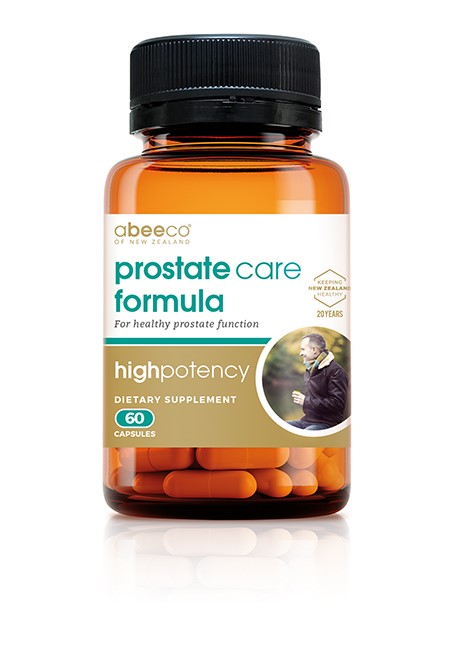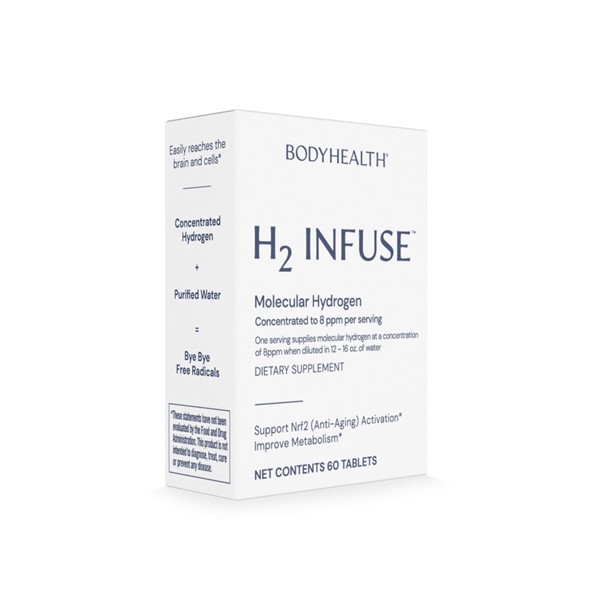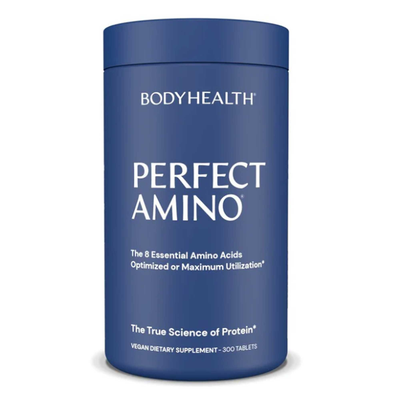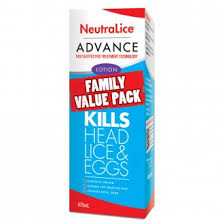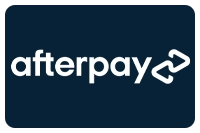Headlice/Scabies
NEUTRALICE Advance Family Lotion 457ml
$34.50
Why is head lice infestation so common? About 1 in 5 primary school-aged children will contract head lice this year – only colds are more prevalent in children1. And like colds and flu, kids usually pick lice up at school. Lice don't fly through the air like a sneeze, but they move fast when children have close physical contact. It's easy to pick up head lice from close contact in the confines of school or day-care and bring them home to spread. All it takes is sharing a hat, a brush or a cuddle.
Break the cycle.
Head lice hang on to the hair shaft and they can be really hard to get rid of. As soon as head lice are detected, effective treatment is needed. The head lice cycle must be broken, otherwise head lice can continue to re-infest.
Getting a head lice infestation is not about having clean or dirty hair. Head lice don’t discriminate. They make themselves at home whenever the opportunity presents itself.
And home to head lice is a nice warm scalp. They won’t survive more than 24 hours anywhere else in the home. So there’s no point in doing loads of laundry, having the carpets steam cleaned or exiling the family pet to the dog house.
Stop head lice dead.
Because they don’t swim or fly, head lice like it best when head-to-head contact occurs between children in school or day-care. Then they come home to spread. All it takes is sharing a cap, a brush or a cuddle. Head lice can be so hard to treat properly because their eggs are secured to the hair with a glue-like substance. Simple shampooing can’t dislodge them. It takes a proven effective treatment and plenty of fine tooth combing.
Head lice are tiny. Most are about the size of the tip of a sharp pencil. While they are almost impossible to see, they can be equally hard to feel. The reason is that head lice don't always cause an itchy scalp. An everyday heat rash can be much more itchy. More often, children will itch behind the ears or on the back of the neck. These are the dark, warm places where head lice prefer to lay their eggs.
Sharing – not always a good idea.
Head lice are spread through head-to-head contact or through shared objects – a hairbrush, a cuddle or a hat can be all it takes. It's not about having dirty hair either. Head lice also like clean hair. And because they grip onto the shaft of the hair, washing won't dislodge them. An effective solution is needed to treat both the head lice and their eggs.
NeutraLice Advance is one of a new generation of pesticide free head lice treatments.
NeutraLice Advance stuns the lice respiratory spiracles open and blocks them to physically prevent the louse breathing. The lice die from asphyxia and dehydration. They can then be easily removed as this breaks their grip on the hair shaft. Lice do not develop resistance as NeutraLice Advance has a physical mode of action.
•Kills head lice and eggs
•Pesticide free
•Clinically proven
•Fast & easy to use
•Works in 10 minutes
•Does not cause stinging so is suitable for sensitive skins and children over 6 months of age.
- Active Ingredients
- Dosage
- Warning
Benzyl Alcohol 5% w/w
Directions for use:
1. Apply a generous amount of lotion to dry hair. Ensure all the hair is completely wet with the lotion. The amount required will depend on the length and thickness of the hair.
2. Rub lotion vigorously into the scalp and into the hair, ensuring that the lotion is applied to the ends of the hair (especially the back of the neck and behind the ears).
3. Leave lotion on hair for a minimum of 10 minutes.
4. Use the enclosed fine toothed comb to remove the dead lice and their eggs.
5. Rinse hair with water and towel dry.
6. Repeat the treatment after 7 - 10 days to kill any lice that may have hatched.
Do not use on children under six months of age except on medical advice. Not to be swallowed. Keep out of eyes and ears. If contact does occur, flush immediately with water. Discontinue use if skin irritation should occur. If symptoms persist seek advice from a healthcare professional.
For external use only.

